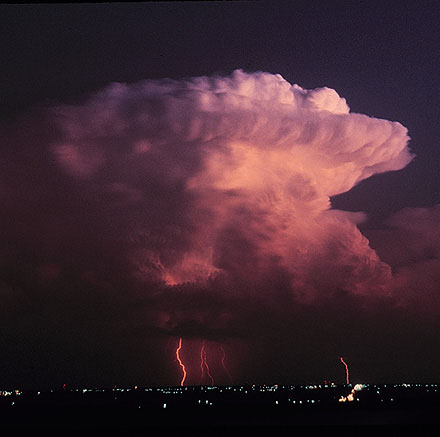5 P.M. Tuesday, Feb. 1, 2022
Basic ideas put forth in yesterday’s post still hold. However, some subtle changes in the models since yesterday, to my mind anyway, seem to be shifting the primary focus away from freezing rain toward sleet. And we’re not talking about just a little sleet. Over an inch of sleet is possible! We don’t see that very often.
Here’s my current idea about this will play out. Rain begins around rush hour tomorrow and continues off and on through the day and night. Temperatures will be about 50 tomorrow morning and slowly fall into the lower 30’s by Thursday’s morning rush hour.
Thursday morning the rain will become freezing rain but, with daylight and temperatures in the lower 30’s, the freezing rain should create few problems. Things get really interesting during the afternoon. Sleet will mix in with the freezing rain and quickly become the dominate precipitation form until all precipitation fades away during the evening. A brief period of snow will be possible as the sleet ends.
The big question in my mind is when the sleet begins. An early afternoon start could result in significant accumulations while a late afternoon onset would create far fewer problems. At this time, an earlier start looks more likely. That would produce a 1″-2″ sleet accumulation – a major driving mess.
Things can still change in the next 48 hours. Another update tomorrow.
Stuff
Over the past two years the Corona Virus has killed 0.3% of the U.S. population. World War II also killed 0.3% percent of our population, but it took twice as long.
